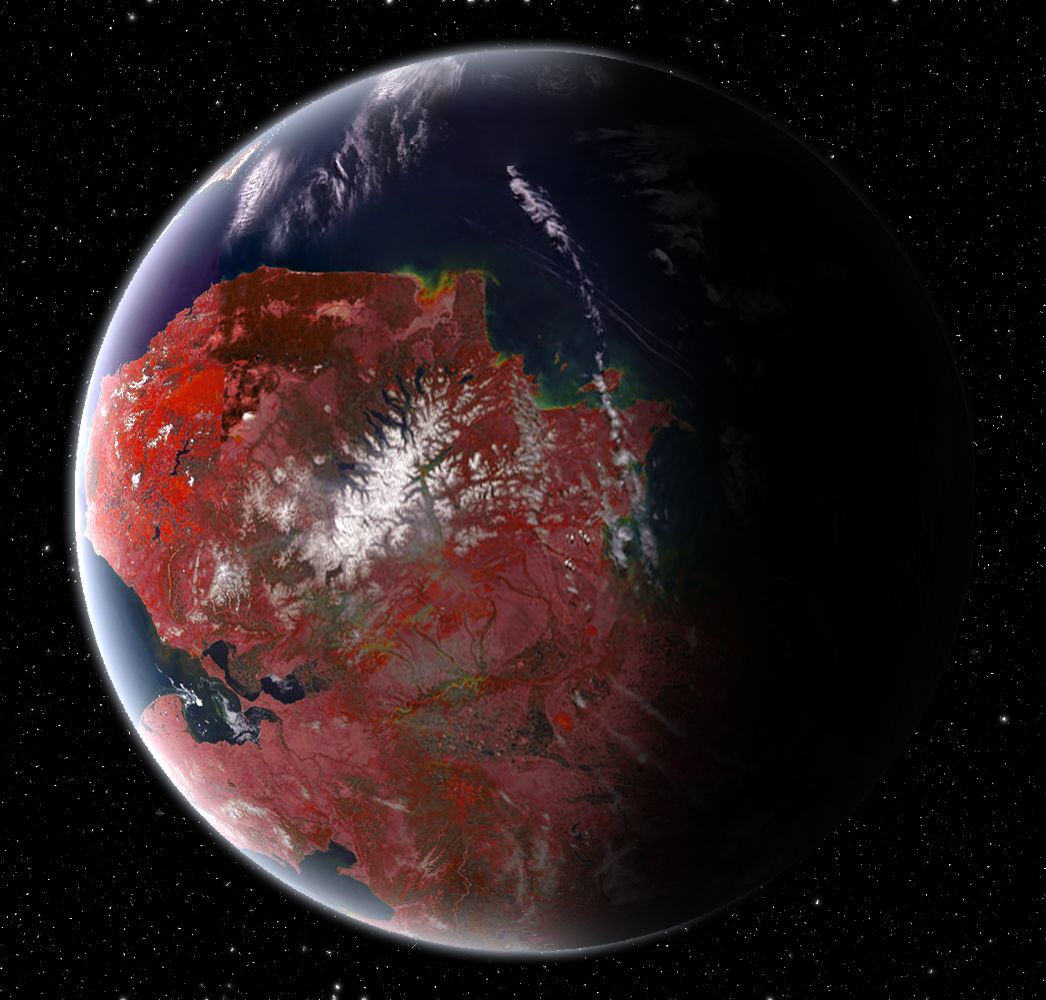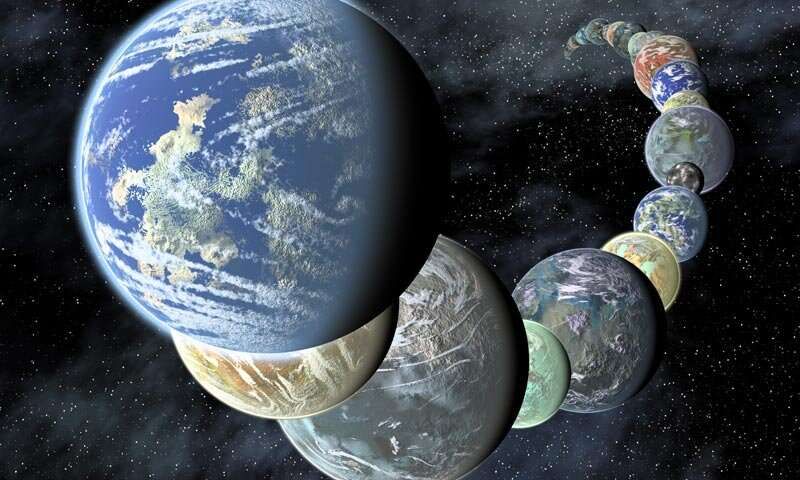Have you ever stopped to think about the possibility that life may exist on other planets? I’m not necessarily talking about green men from Mars, but any type of life, whether it is bacteria, plants, or anything else that would qualify. If you have spent any time thinking about the subject, you certainly are not alone. In fact, some of the smartest people on the planet Earth have spent a considerable amount of time thinking about it as well and as it turns out, they may be closer to discovering it than ever thought possible.
A study was led by Washington State University and 24 ‘superhabitable’ planets have been identified. They are older, a little larger, slightly wetter, and warmer than the earth, but they have conditions that would allow life to exist. Interestingly, many of those planets also are revolving around better stars than our own sun, so who knows what possibilities exist. According to those scientists, life might thrive on planets that orbit stars with longer lifespans or if they do so at a slower speed than the earth.

All of the 24 planets identified as being superhabitable are over 100 light-years away. It would make it nearly impossible to see them up close but according to these findings, future telescope observations could be pointed in that direction. Dirk Schulze-Makuch is one of the lead researchers and he said: “With the next space telescopes coming up, we will get more information, so it is important to select some targets.

“We have to focus on certain planets that have the most promising conditions for complex life.”
Our own planet is thought to be about 4.5 billion years old, but if a planet is between five and 8 billion, it may be able to hold life as well. Planets were sought out that were 10% larger than the earth, as it would make more land likely. Other criteria also existed, including the surface temperature that was slightly warmer or an area that was slightly wetter. Although none of the planets meet all of the criteria, there is one that meets four of the characteristics.
